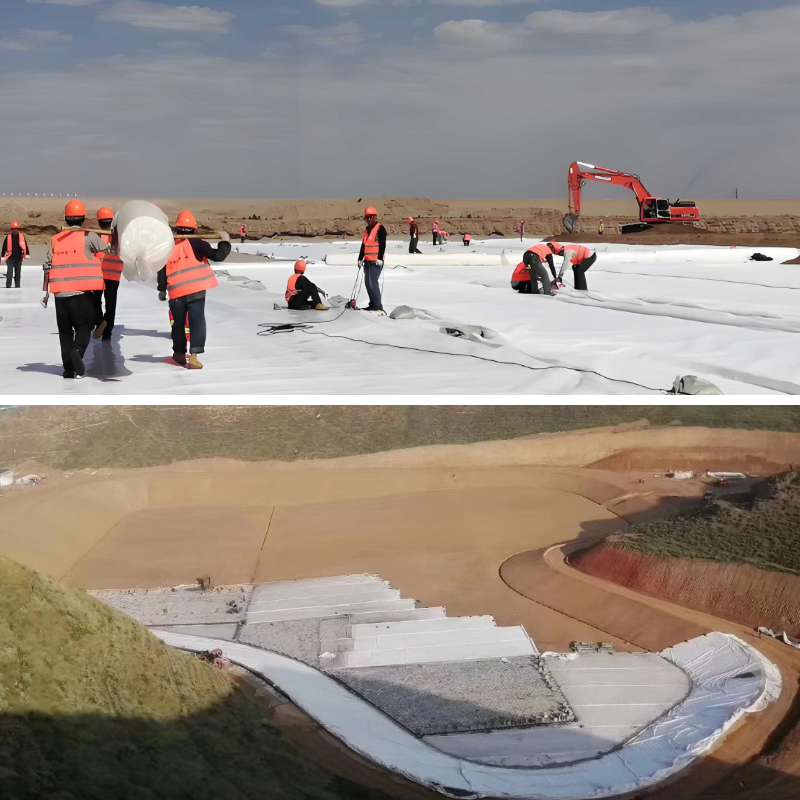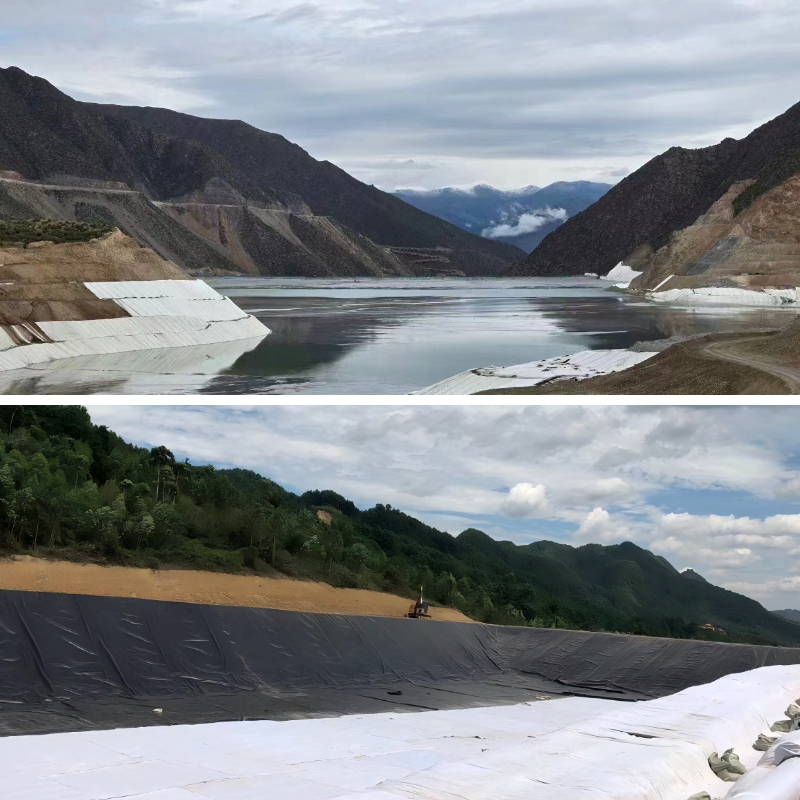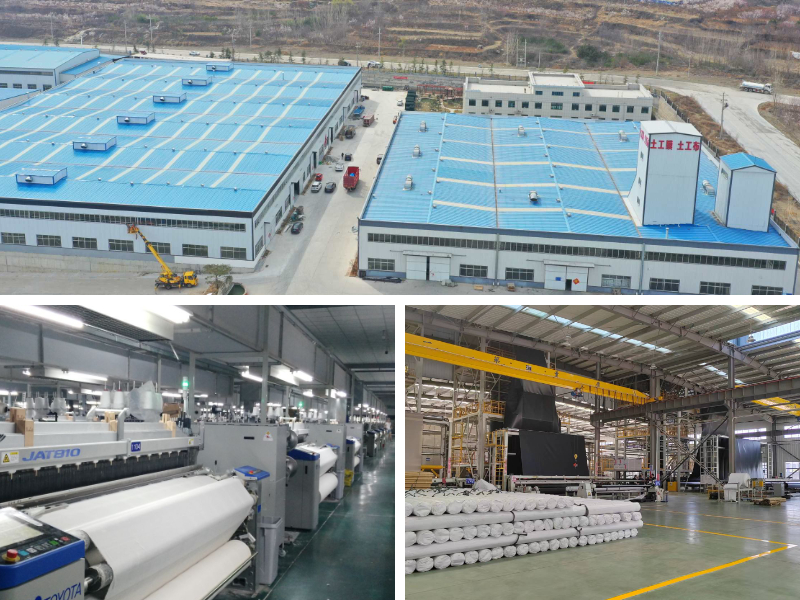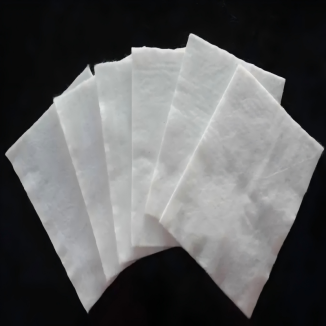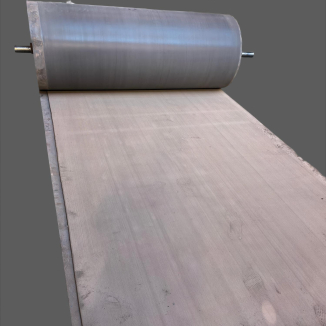Geotextiles in Agriculture: Weed Control and Soil Protection Solutions
Agriculture is the backbone of global foods security, then again farmers face chronic challenges that threaten crop yields and soil health. Weed infestations compete with flora for nutrients, water, and sunlight, while soil erosion, compaction, and degradation strip the land of its fertility over time. Traditional solutions—such as chemical herbicides and information soil management—often come with drawbacks: herbicides can contaminate water sources and harm really useful organisms, while information labor is time-consuming and inefficient. Fortunately, geotextile fabric and related merchandise have emerged as game-changing, sustainable alternatives for current day agriculture. These specialised cloth now no longer fully cope with weed increase efficaciously on the other hand moreover protect and stabilize soil, assisting long-term agricultural productivity. In this article, we’ll find out how geotextiles revolutionize weed manipulate and soil protection, and why they’re turning into a staple for forward-thinking farmers.
1. The Agricultural Challenge: Why Weed Control and Soil Health Matter
Before delving into geotextile solutions, it’s critical to apprehend the scale of the troubles farmers face. Weeds are increased than sincerely a nuisance—they can restriction crop yields with the aid of the use of up to 40% in some regions, in accordance to agricultural research. Over-reliance on chemical herbicides has led to the upward shove of herbicide-resistant weeds, forcing farmers to use stronger, greater high-priced merchandise that injury the environment. Meanwhile, soil health is equally concerning: each and every year, lots of heaps of loads of topsoil are misplaced to erosion from wind and water, and heavy farm gear compacts soil, reducing its functionality to take in water and useful resource root growth.
These issues aren’t really short-term setbacks. Degraded soil takes a lengthy time to restore, and weed infestations create a cycle of horrible crop health that’s difficult to break. This is the location geotextile material steps in. Unlike quick fixes, geotextiles address the root causes of every problems: they create a bodily barrier in opposition to weeds except chemicals, and they beef up soil structure to quit erosion and compaction. By integrating geotextiles into agricultural practices, farmers can reduce their environmental footprint even as boosting yields—a win-win for productiveness and sustainability.
2. Geotextiles for Weed Control: A Chemical-Free Alternative
Weed manipulate is one of the most well-known makes use of of geotextiles in agriculture, and for pinnacle reason. Geotech cloth (a familiar time duration for geotextiles) is designed to block sunlight—an essential resource for weed seed germination and growth—while nonetheless enabling water, air, and nutritional vitamins to penetrate the soil and achieve crop roots. This balance makes it some distance increased outstanding than plastic mulch (which can entice moisture and heat excessively) and safer than chemical herbicides.
How Geotextile Cloth Stops Weeds
High-quality geotextile material is woven or non-woven, with a tight ample pore structure to quit weed seeds from sprouting through the fabric. When laid over the soil ground (either as a standalone barrier or beneath mulch like straw or bushes chips), it creates a “shield” that stops daylight from reaching weed seeds in the topsoil. Unlike herbal mulch, which can damage down over time and allow weeds to improve through, geotextiles are durable—many closing 5-10 years with appropriate care. This sturdiness manageable farmers hold time and money on repeated weeding or mulch replacement.
Benefits Over Traditional Weed Control Methods
Chemical-Free: Geotextiles put off the prefer for herbicides, defending groundwater, pollinators, and endorsed soil microbes.
Low Maintenance: Once installed, geotextiles require minimal upkeep—no accepted reapplication or information weeding.
Crop-Friendly: The fabric’s permeability ensures flowers get the water and air they need, no longer like plastic sheets that can suffocate soil.
Cost-Effective: Over time, geotextiles limit prices related to herbicides, labor, and crop loss from weeds.
For example, in vegetable gardens or row vegetation like tomatoes and peppers, geotech fabric is many times laid in strips between rows. This objectives weed make bigger in the areas the area flowers don’t grow, barring interfering with planting or harvesting. In orchards, full-coverage geotextiles prevent weeds from competing with fruit trees, which are mainly inclined to nutrient loss.
3. Soil Protection: How Soil Stabilization Geotextile Safeguards Fertility
While weed manipulate is a key benefit, geotextiles moreover play a quintessential feature in keeping soil health—arguably the most crucial asset for farmers. Soil stabilization geotextile is a specialised variety of geotextile designed to provide a raise to soil structure, prevent erosion, and restriction compaction. It works through the usage of distributing weight evenly for the duration of the soil surface, absorbing the have an have an effect on on of heavy machinery, and defending soil particles in location at some factor of rain or wind events.
Key Roles of Soil Stabilization Geotextile in Agriculture
Erosion Control: Rainwater can wash away topsoil (the nutrient-rich pinnacle layer) in minutes, in particular on sloped fields. Soil stabilization geotextile acts as a barrier that slows water runoff, enabling the soil to soak up moisture barring losing particles. On windy sites, it moreover prevents wind erosion via protecting topsoil anchored.
Soil Compaction Reduction: Tractors, harvesters, and specific farm equipment can compact soil, decreasing pore location and limiting root growth. Geotextiles unfold the weight of these machines, minimizing compaction and maintaining soil free sufficient for vegetation to thrive.
Moisture Retention: By decreasing runoff, soil stabilization geotextile helps soil proceed moisture, which is critical all via dry spells. This reduces the favor for irrigation, saving water and energy.
Soil Structure Preservation: Over time, repeated tillage and foot traffic destroy down soil aggregates (clusters of soil particles that assist fertility). Geotextiles shield these aggregates, retaining soil structure and nutrient availability.
Applications Across Agricultural Settings
Sloped Fields: Hillsides and sloped farmland are most inclined to erosion. Installing soil stabilization geotextile on these web sites prevents topsoil loss and ensures vegetation can set up deep root systems.
Greenhouses and High Tunnels: Indoor creating areas often have compacted soil due to day-to-day foot traffic. Geotextiles beneath greenhouse beds decorate drainage and decrease compaction, developing best creating stipulations for delicate plant life like lettuce or herbs.
Roads and Pathways: Farm roads and get entry to paths can erode and unfold sediment into planting areas. Geotextile cloth below gravel or dirt roads stabilizes the base, stopping erosion and conserving sediment out of crop fields.
4. Choosing the Right Geotextile: Factors for Agricultural Success
Not all geotextiles are created equal—choosing the acceptable product for your farm depends upon on your unique needs, climate, and crops. Whether you’re centered on weed manipulate or soil stabilization, here’s what to consider:
Material Type: Woven vs. Non-Woven
Woven Geotextiles: Made from interlaced fibers (often polypropylene or polyester), woven cloth are sturdy and durable, making them nice for soil stabilization geotextile functions (e.g., under tools paths or sloped fields). They have immoderate tensile power on the other hand limit permeability than non-woven options.
Non-Woven Geotextiles: Made from bonded fibers, non-woven material are higher permeable, enabling water and air to go with the glide freely. They’re great for weed manipulate (as geotextile fabric or geotech fabric) due to the truth their tight form blocks weeds at the same time as nourishing crops.
UV Resistance
Agricultural geotextiles are uncovered to direct daytime year-round, so UV resistance is critical. Look for merchandise treated to stand up to UV rays—this prevents the fabric from breaking down or fading over time, making positive long-term performance.
Permeability
For weed control, choose a geotextile with practical permeability (enough to let water by alternatively no longer weed seeds). For soil stabilization geotextile in moist areas, select for increased permeability to end waterlogging.
Installation Tips
Proper set up is key to maximizing geotextile effectiveness:
Clear the neighborhood of existing weeds, rocks, and particles to make certain a convenient surface.
Unroll the geotextile cloth or geotech cloth tightly, overlapping adjoining sections thru 6-12 inches to maintain away from gaps (weeds can increase through even small spaces).
Secure the edges with stakes or weights to end the fabric from transferring all via planting or irrigation.
For soil stabilization, lay the soil stabilization geotextile until now than together with topsoil or gravel—this creates a base that reinforces the soil below.
5. The Future of Geotextiles in Sustainable Agriculture
As the agricultural agency shifts in the direction of higher sustainable practices, geotextiles are poised to play an even giant role. Farmers are greater and greater prioritizing eco-friendly picks that decrease chemical use and guard soil, and geotextile cloth, geotech fabric, and soil stabilization geotextile align flawlessly with these goals.
Emerging upgrades in geotextile science are additionally growing their potential. For example, biodegradable geotextiles (made from natural fibers like jute or hemp) are being developed for brief features (e.g., seasonal crops), decreasing waste. Additionally, geotextiles infused with herbal nutritional vitamins are being examined to in a similar fashion enhance soil health, combining weed manipulate and soil enrichment in one product.
For farmers looking out to decorate yields, restriction costs, and guard the environment, geotextiles are no longer a “nice-to-have”—they’re a necessity. By investing in super geotextiles, you’re no longer honestly fixing without delay troubles (weeds, erosion); you’re setting up a groundwork for long-term agricultural success.
Conclusion
Geotextiles have modified how farmers technique weed manipulate and soil protection. From geotextile fabric that eliminates chemical herbicides to soil stabilization geotextile that preserves topsoil, these versatile material furnish sustainable, competitively priced alternatives to some of agriculture’s biggest challenges. By figuring out on the applicable geotextile for your farm and placing in it properly, you can enhance crop yields, limit environmental impact, and make positive your land stays fertile for generations. As the employer continues to embody sustainability, geotextiles will proceed to be a cornerstone of modern, surroundings pleasant agriculture.
Contact Us
Company Name: Shandong Chuangwei New Materials Co., LTD
Contact Person :Jaden Sylvan
Contact Number :+86 19305485668
WhatsApp:+86 19305485668
Enterprise Email: cggeosynthetics@gmail.com
Enterprise Address: Entrepreneurship Park, Dayue District, Tai 'an City,
Shandong Province



